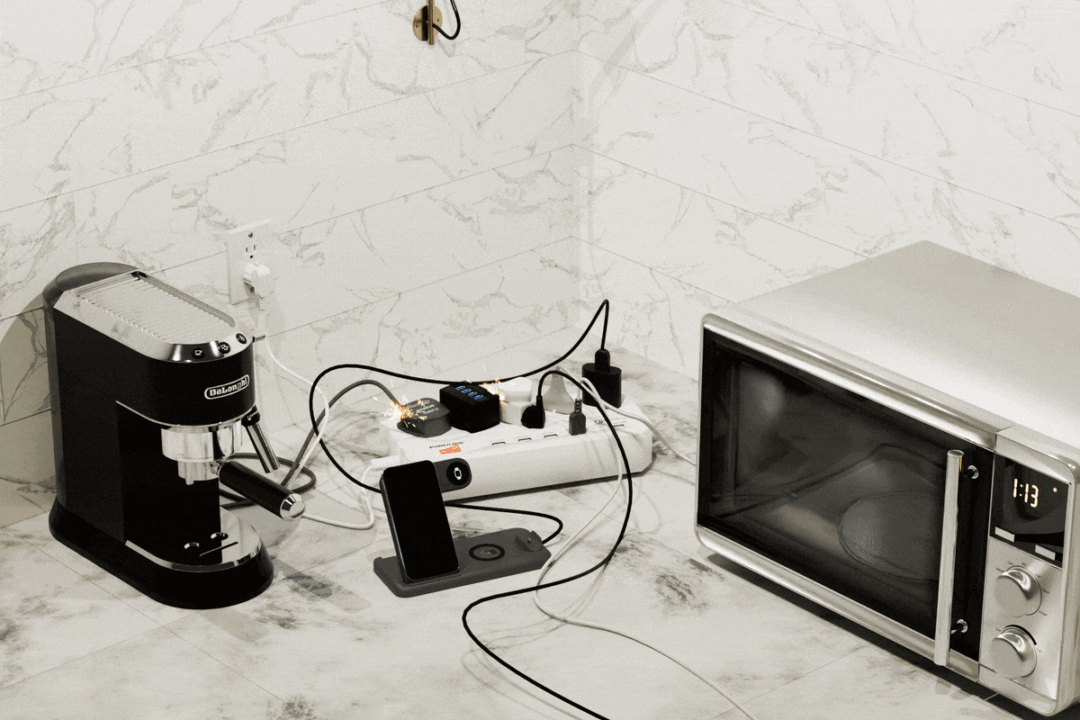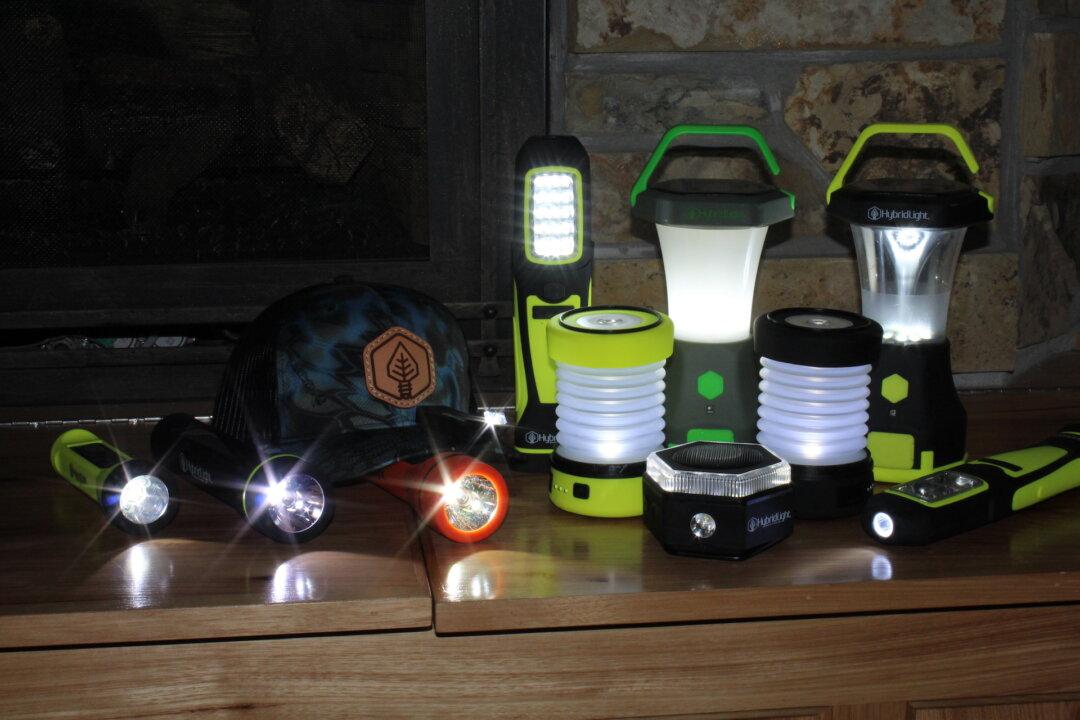Whenever the conversation turns to personal freedom, two things invariably come up: owning a yacht and having a luxurious jet or turboprop aircraft at your immediate disposal. But what are the realities of these dreams? The answer depends in large part on how you define “own.”
Just as luxury yachts are commonly owned by an LLC or corporation created for that purpose and then registered in a tax haven, so too are private aircraft more commonly owned by an entity rather than an individual. Even corporations typically opt to not take direct ownership for liability and tax reasons. Airlines do this as well; by some estimates, up to a third of all the aircraft operated by commercial airlines are leased.





